Takhte Jamshid (Persepolis)
The historical and ancient site of Takhte Jamshid (Persepolis) is located near Marvdasht with a distance of 60 kilometers from North east of Shiraz.
Takhte Jamshid means the throne of Jamshid, the great king who is mentioned in Shahnameh (epopee) of Ferdosi.
The Greeks called this place Persepolis and in the ancient Persia they called it Parse. Parse was one of the ancient cities of Persia and it was the ceremonial capital of Achaemenids for years.
Persepolis is a complex of magnificent palaces that their construction started on 515 B.C. during the kingdom of Darius the first and finished 150 years later.
The area of this complex is 125 thousands square meters and it is located on a platform with the height of 8 to 18 meters higher than Marvdasht flatland with the main parts as listed in the following:
The royal and ceremonial palaces:
The private small palaces:
Apadana Palace: One of most ancient palaces of Persepolis, built in the order of Darius the Great for holding Norouz ceremonies and receiving ambassadors.
Tachar Palace (Winter Palace): Tachar or Tachara palace meaning is winter palace and built in the order of Darius the Great and was his private palace.
Hadish Palace: Hadish Palace, the private palace of Xerxes is located on the highest section of the platform of Persepolis.
Queen Palace: It was built in the order of Xerxes and is in the lowest height in comparison to other monuments. Nowadays this restored building is used as office and museum.
Sad-Stoun Palace or Throne Hall (Hundred columns Palace): It has the area of approximately 46000 square meters. Each of the column’s height is 14 meters.
Council Palace or Central Hall: It was used by king for consulting and discussing with the elders and ministers. There are two human heads on the columns of the palace that there are unique in Persepolis and the human head is the symbol of thinking and reflection.
Imperial treasury building
The Fortresses
The entrance stairways and the Xerxes Gate (the Gate of All Nations)
Eventually, after Achaemanids were defeated by Greeks, Alexander occupied Persepolis and burn all the monuments and Persepolis became a ruin.
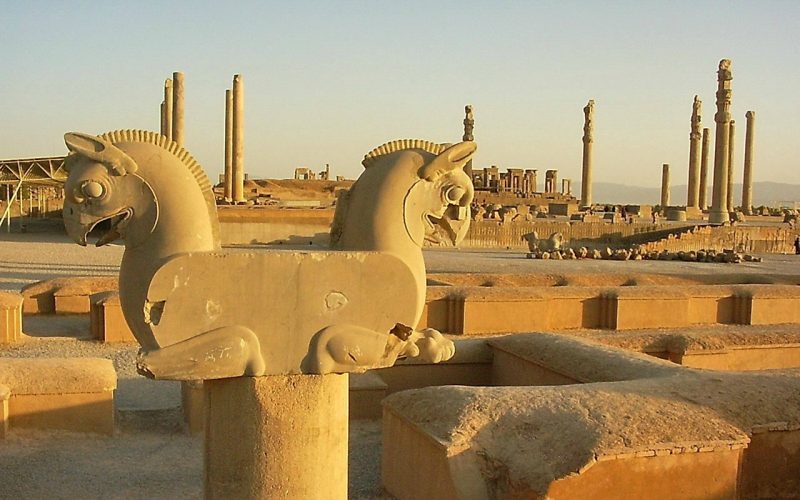
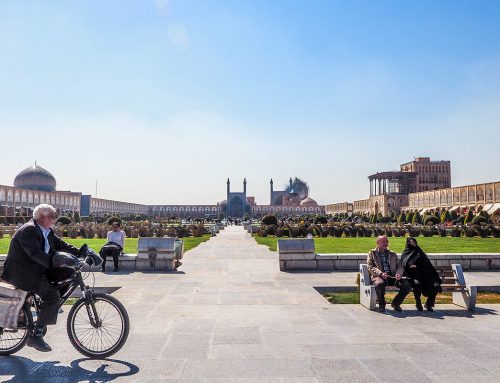
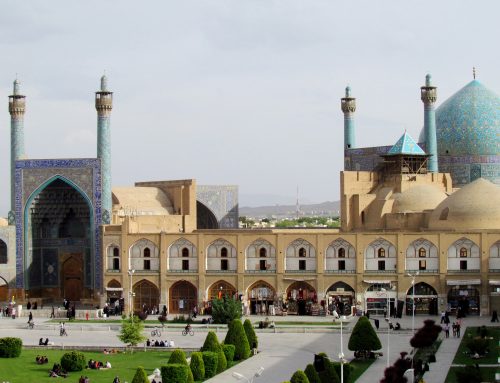
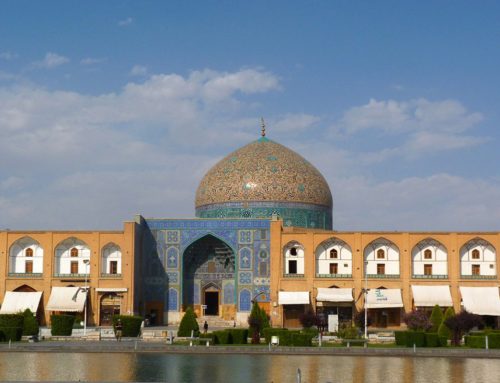
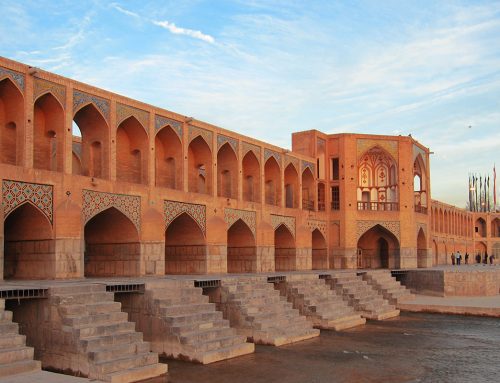
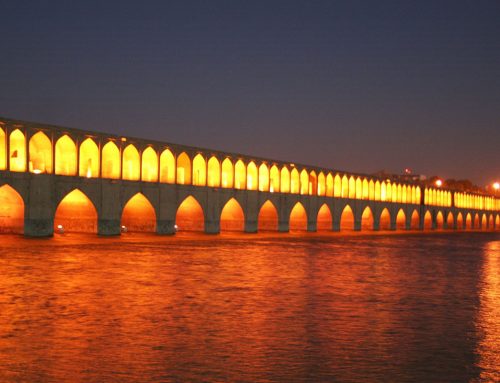
 English
English




Leave A Comment